Home>Storage & Organization>Kitchen Organizing Tools>How To Organize A Kitchen Utensil Drawer
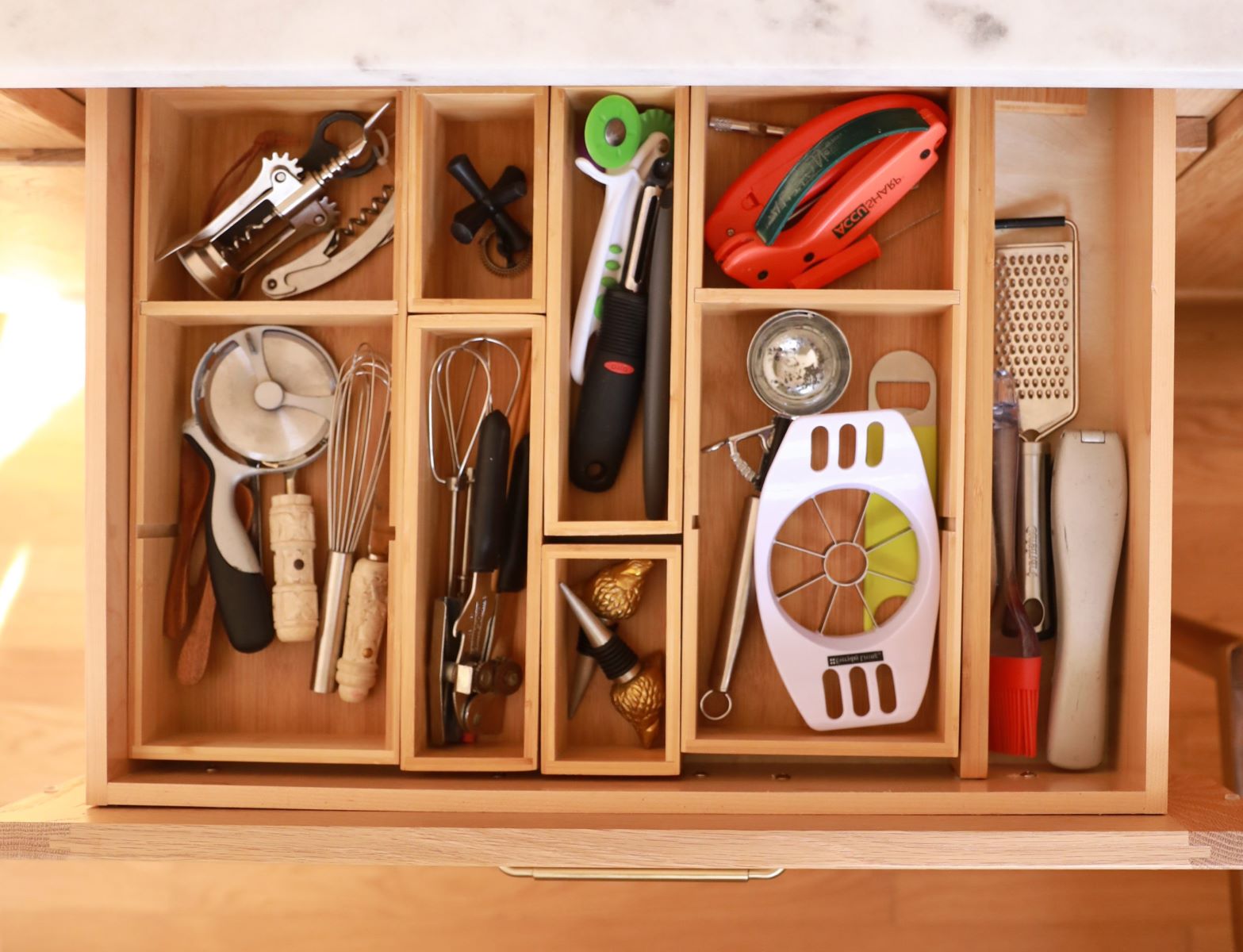

Kitchen Organizing Tools
How To Organize A Kitchen Utensil Drawer
Published: March 2, 2024
Learn how to efficiently organize your kitchen utensil drawer with our expert tips and ideas for kitchen organizing tools. Streamline your cooking space today!
(Many of the links in this article redirect to a specific reviewed product. Your purchase of these products through affiliate links helps to generate commission for Storables.com, at no extra cost. Learn more)
Assessing Your Utensil Needs
Before diving into organizing your kitchen utensil drawer, it's essential to assess your utensil needs. Take a moment to consider which utensils you use most frequently and which ones are simply taking up space. Start by taking inventory of all the utensils you currently have in your kitchen. This includes spatulas, ladles, whisks, tongs, and any other tools you use for cooking and food preparation.
Next, ask yourself which utensils you reach for on a daily basis. These are the items that should be easily accessible in your utensil drawer. Consider the utensils that you rarely use and whether they could be stored in a different location. By assessing your utensil needs, you can streamline your kitchen tools and create a more efficient and organized space.
Key Takeaways:
- Streamline your kitchen utensils by assessing and decluttering. Keep frequently used items accessible and consider a customized drawer organizer for a functional and visually appealing storage solution.
- Maintain an organized utensil drawer by regular cleaning, reassessing needs, and staying open to innovation. Consistency is key to preserving order and efficiency in your kitchen.
Decluttering and Sorting Your Utensils
Decluttering and sorting your utensils is a crucial step in organizing your kitchen utensil drawer. Start by emptying out the entire drawer and laying out all your utensils on the counter. Take a good look at each item and ask yourself when was the last time you used it. If it's been sitting in the drawer untouched for months, it might be time to consider finding it a new home.
Once you've identified the utensils you no longer need, it's time to sort the remaining items. Group similar utensils together, such as all the spatulas, ladles, and whisks. This will make it easier to see what you have and determine the best way to organize them in the drawer. As you sort through your utensils, consider their size and frequency of use. The goal is to keep the most frequently used items within easy reach while storing the less frequently used ones in the back or in a separate location.
As you declutter and sort your utensils, it's also a good time to inspect them for any damage or wear. If you come across any utensils that are broken, rusty, or beyond repair, it's best to discard them and make room for new, functional tools. This process of decluttering and sorting will not only help you create a more organized utensil drawer but also make cooking and meal preparation more efficient.
Choosing the Right Drawer Organizer
When it comes to choosing the right drawer organizer for your kitchen utensils, there are several options to consider. The key is to find an organizer that maximizes the space in your drawer while keeping your utensils neatly separated and easily accessible.
-
Utensil Trays: Utensil trays are a popular choice for organizing kitchen drawers. These trays come in various sizes and configurations, allowing you to customize the layout to fit your specific utensil collection. Look for trays with adjustable dividers, as they can accommodate different utensil sizes and shapes.
-
Expandable Drawer Organizers: If you have limited drawer space or a growing utensil collection, consider using expandable drawer organizers. These organizers can be adjusted to fit the width of your drawer, providing flexibility as your needs change over time.
-
Drawer Inserts: Drawer inserts are another great option for organizing kitchen utensils. These inserts typically have compartments of various sizes, making it easy to separate different types of utensils. Some inserts even have specialized compartments for specific utensils, such as slots for knives or slots for measuring spoons.
-
Magnetic Strips: For smaller metal utensils such as knives and metal tongs, consider using magnetic strips as drawer organizers. These strips can be mounted inside the drawer, allowing you to easily store and access metal utensils without taking up valuable space.
-
Customized Organizers: If you have unique utensils or a specific layout in mind, you might consider investing in customized drawer organizers. There are companies that specialize in creating custom drawer inserts tailored to your exact specifications, ensuring a perfect fit for your utensil drawer.
When choosing a drawer organizer, consider the size of your utensil drawer, the types of utensils you need to store, and how you prefer to access them. By selecting the right drawer organizer, you can optimize the space in your utensil drawer and create a functional and visually appealing storage solution.
Use drawer dividers to separate utensils by type (e.g. spatulas, spoons, whisks) for easy access. Keep frequently used items at the front for convenience.
Arranging Your Utensils Strategically
Arranging your utensils strategically is the final step in achieving a well-organized kitchen utensil drawer. Once you have decluttered, sorted, and selected the right drawer organizer, it's time to strategically arrange your utensils for maximum efficiency and accessibility.
-
Consider Frequency of Use: Place the utensils you use most frequently towards the front of the drawer. This ensures that the tools you reach for daily are easily accessible without having to rummage through the entire drawer.
-
Group Similar Items: Group similar utensils together to create designated sections within the drawer. For example, place all the spatulas in one area, ladles in another, and tongs in a separate section. This grouping makes it easier to locate specific utensils when needed.
-
Utilize Dividers and Compartments: If your drawer organizer has adjustable dividers or compartments, take advantage of these features to keep your utensils separated and organized. This prevents them from becoming jumbled together, making it simpler to find what you need.
-
Consider Utensil Size and Shape: Arrange your utensils based on their size and shape. Larger items such as serving spoons and whisks can be placed towards the back or on the sides, while smaller items like measuring spoons and peelers can be stored towards the front for easy access.
-
Utilize Vertical Space: If your drawer is deep enough, consider using vertical space to store longer utensils such as stirring spoons and tongs. This can be achieved by placing them in a container or using a divider that allows for vertical storage.
-
Leave Room for Growth: If you anticipate adding new utensils to your collection, leave some space in the drawer for future additions. This proactive approach ensures that your organization system can adapt to changes in your kitchen utensil inventory.
By strategically arranging your utensils in the drawer, you can create a system that not only looks tidy but also functions efficiently. This thoughtful organization makes meal preparation more enjoyable and less time-consuming, as you can easily locate the utensils you need without any hassle.
Maintaining and Updating Your Drawer Organization
Maintaining an organized kitchen utensil drawer is an ongoing process that requires regular attention to ensure everything stays in its rightful place. Here are some tips for maintaining and updating your drawer organization:
-
Regular Cleaning: Periodically remove all the utensils from the drawer and give it a thorough cleaning. Wipe down the interior of the drawer to remove any crumbs or debris that may have accumulated. This also presents an opportunity to clean the utensils themselves, ensuring they remain in good condition.
-
Reassess Your Needs: As your cooking habits and preferences evolve, so too may your utensil needs. Take the time to reassess your utensil collection and make adjustments as necessary. If there are utensils you no longer use, consider finding them a new home to free up space for items that better align with your current cooking routines.
-
Adjust the Organization: If you find that your current drawer organization isn't as efficient as you'd like, don't hesitate to make adjustments. Whether it's repositioning dividers, rearranging utensils, or trying a different organizer altogether, be open to refining the organization to better suit your needs.
-
Replace Worn-Out Organizers: Over time, drawer organizers may show signs of wear and tear. If you notice that your organizer is no longer effectively keeping your utensils in place, consider replacing it with a new one. This ensures that your utensils remain neatly organized and easily accessible.
-
Stay Consistent: Encourage everyone in the household to maintain the organization system. Consistency is key to preserving the order in your utensil drawer. By making it a habit to return utensils to their designated spots after use, you can prevent the drawer from becoming cluttered and disorganized.
-
Stay Open to Innovation: Keep an eye out for new and innovative drawer organization solutions. There may be new products or ideas that can further optimize the space and functionality of your utensil drawer. Staying open to innovation allows you to continuously improve your kitchen organization.
By implementing these maintenance and updating practices, you can ensure that your kitchen utensil drawer remains organized, efficient, and tailored to your specific needs. Regular attention to the organization of your utensil drawer will contribute to a more enjoyable and streamlined cooking experience.
Frequently Asked Questions about How To Organize A Kitchen Utensil Drawer
Was this page helpful?
At Storables.com, we guarantee accurate and reliable information. Our content, validated by Expert Board Contributors, is crafted following stringent Editorial Policies. We're committed to providing you with well-researched, expert-backed insights for all your informational needs.
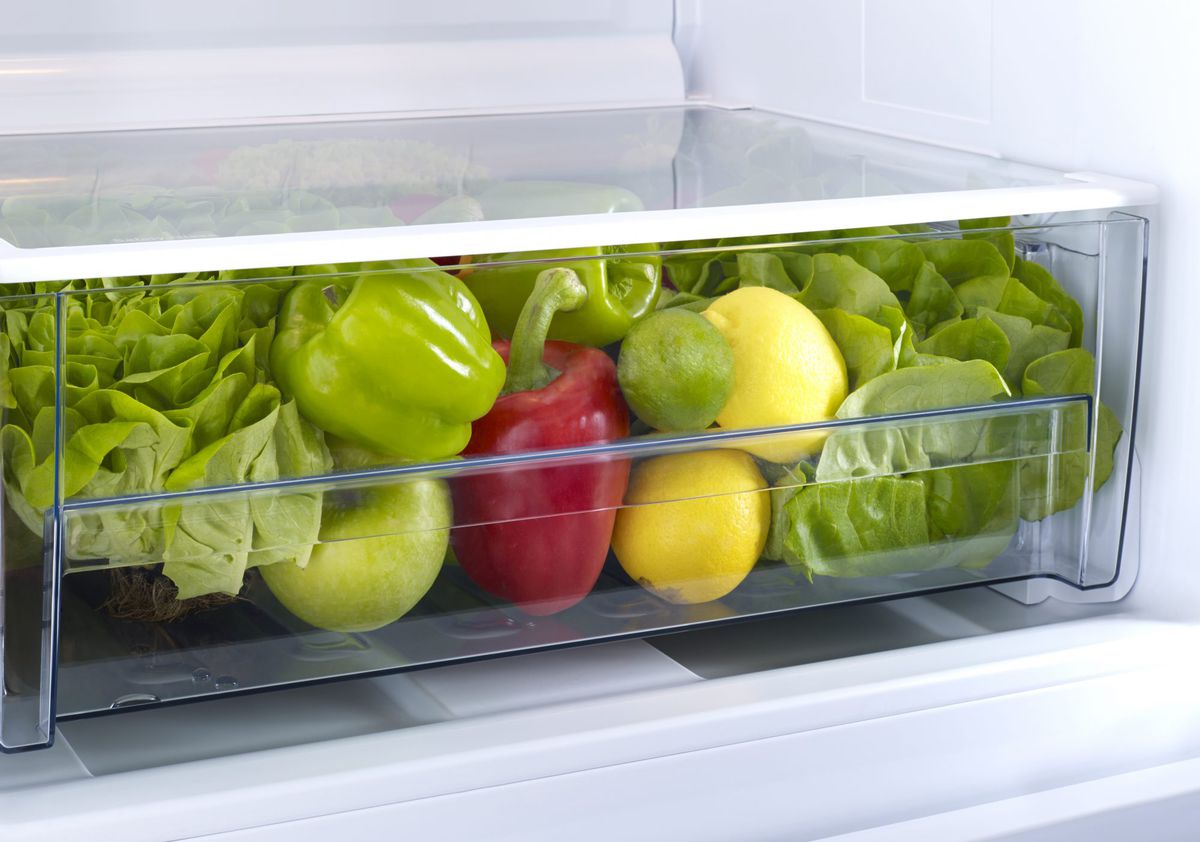


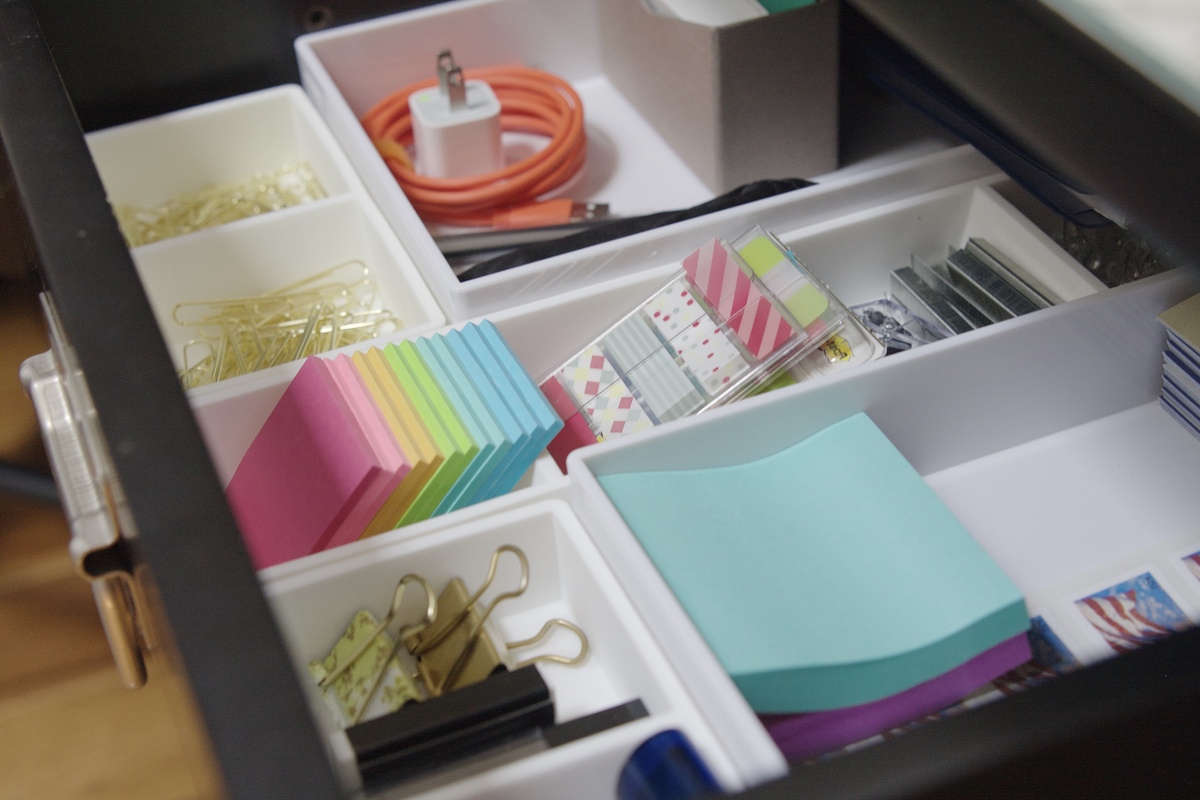
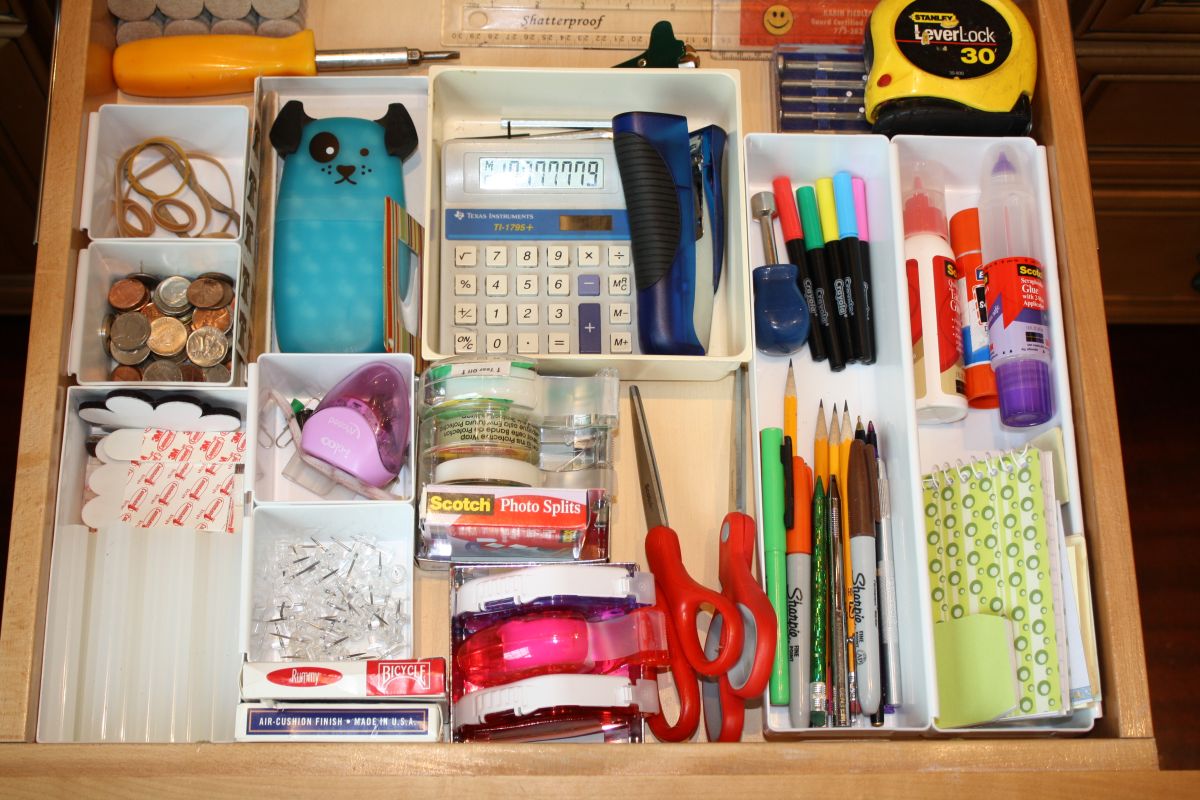
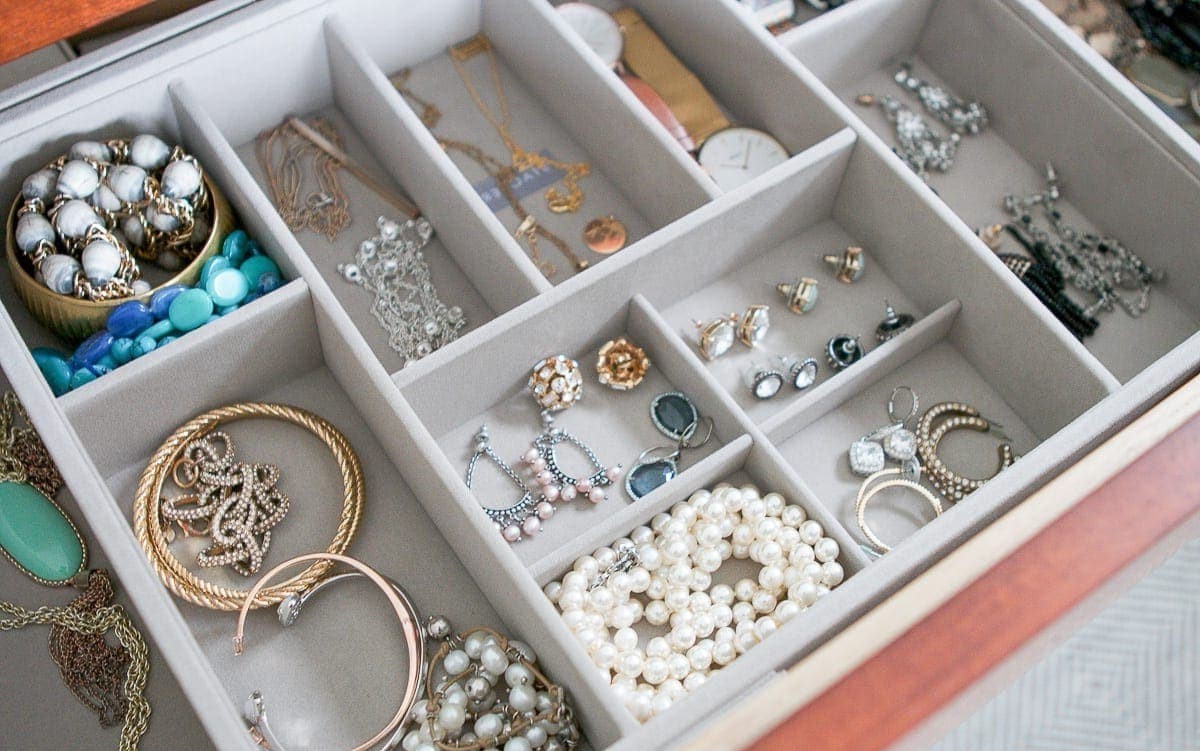
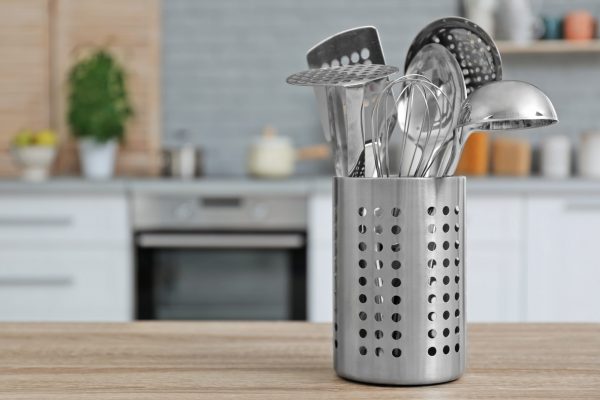
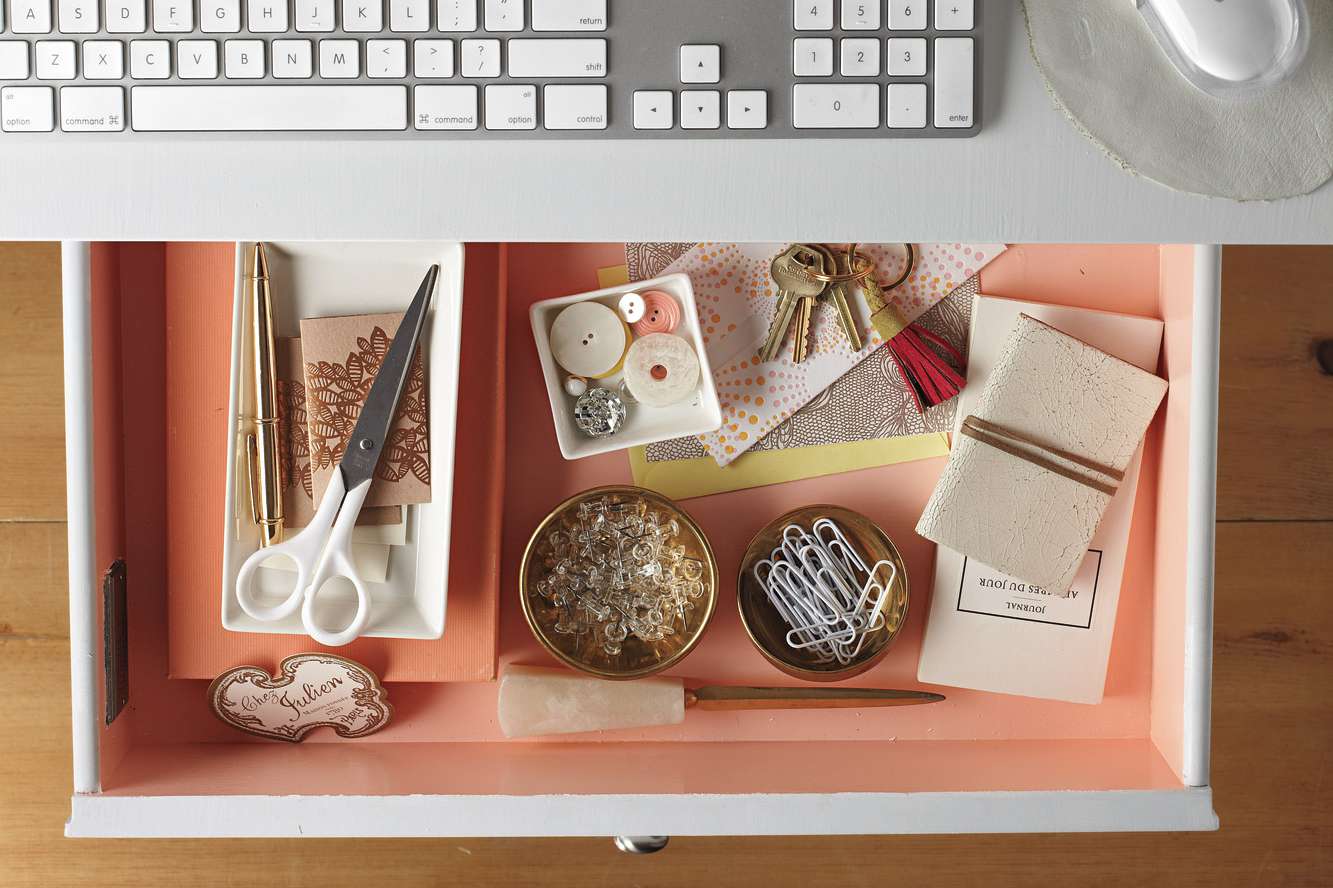
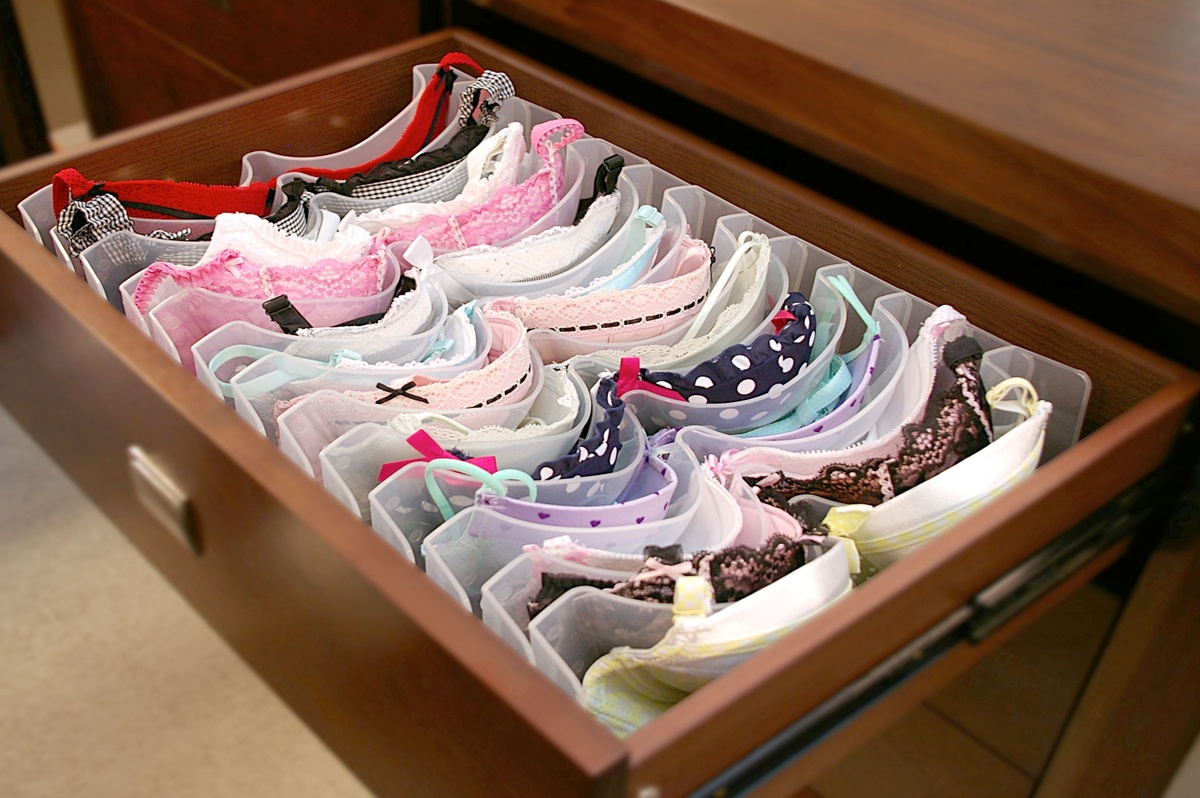
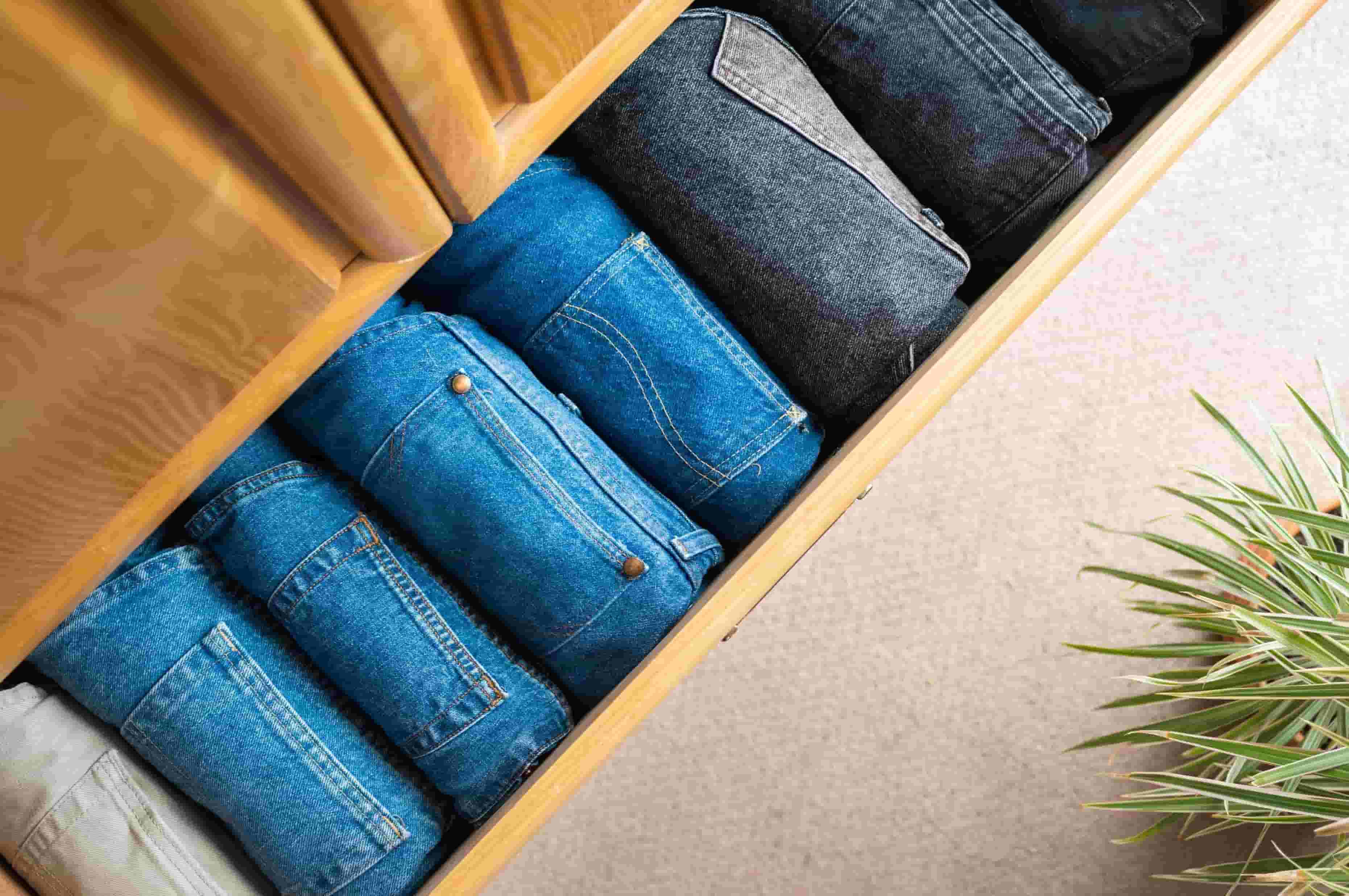
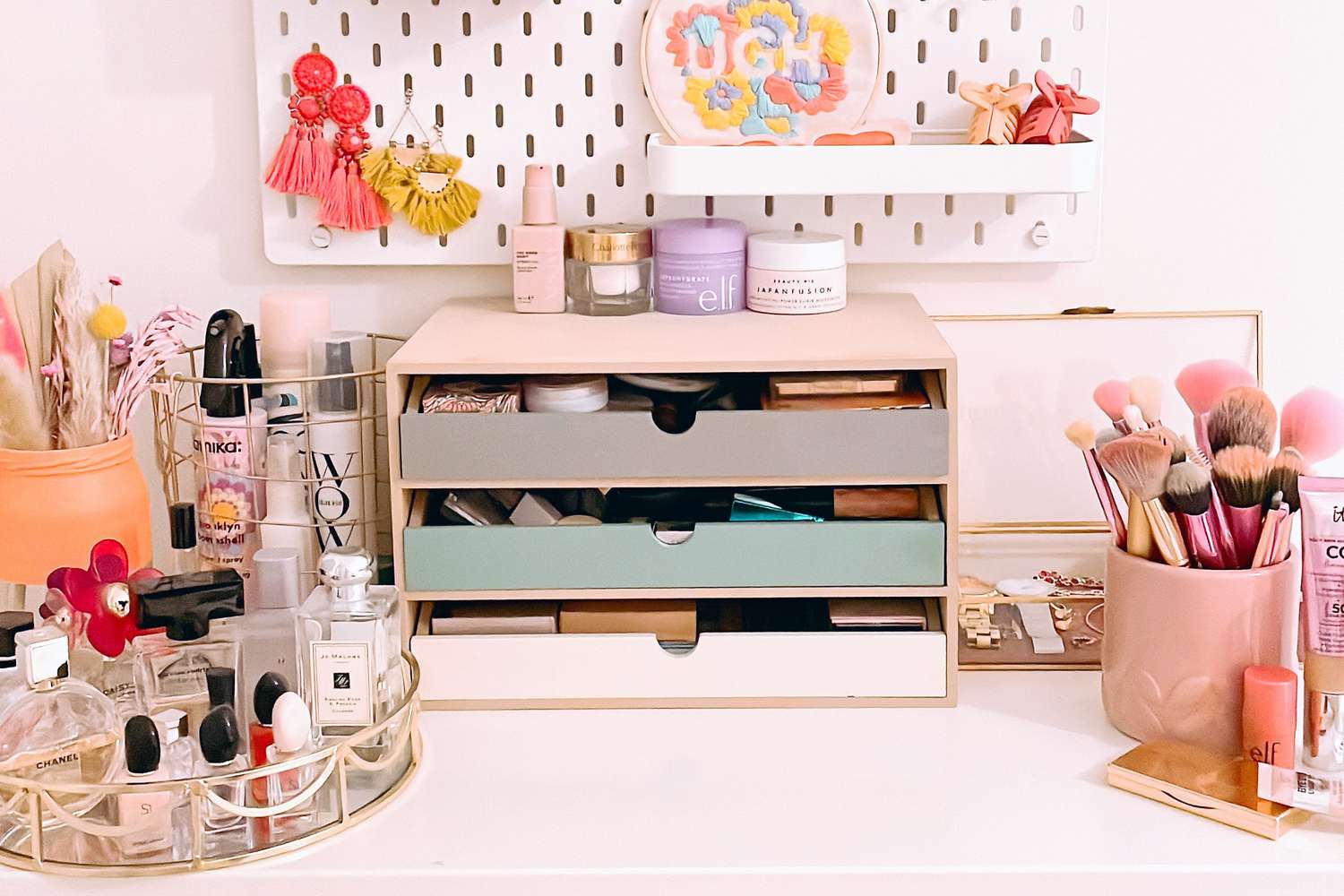
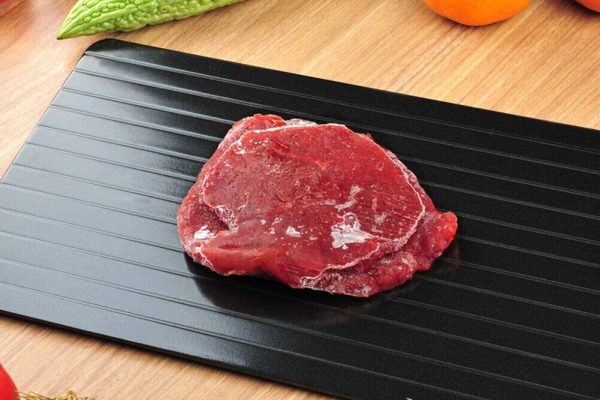
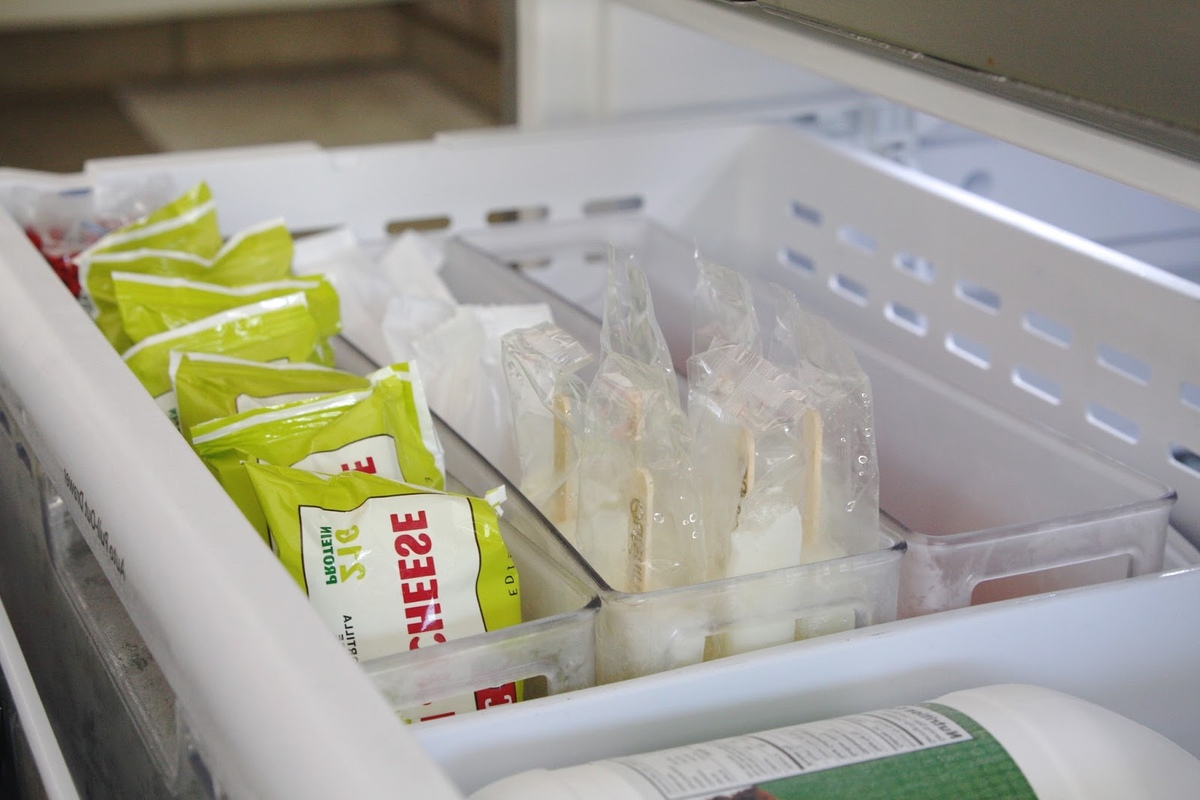
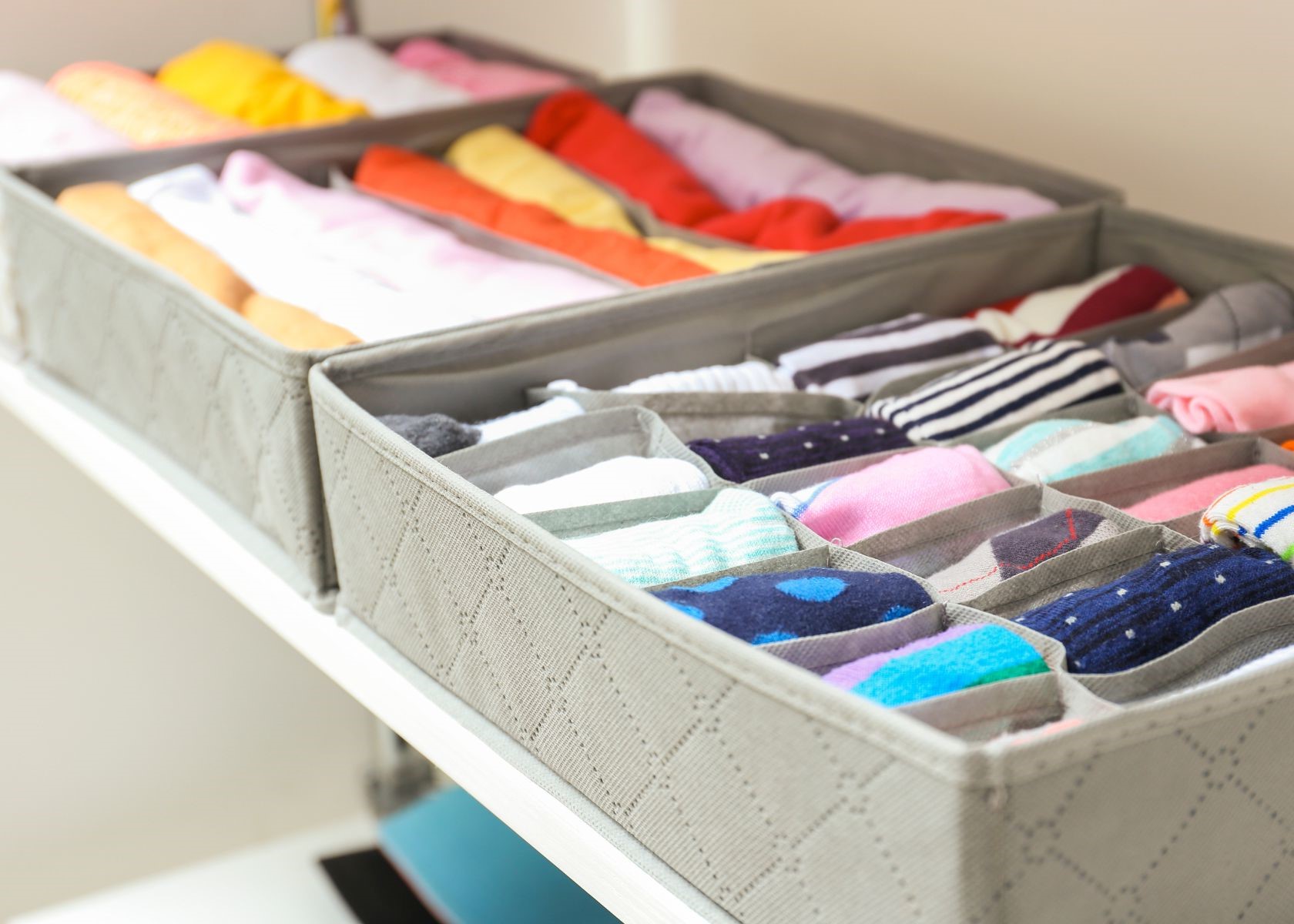


0 thoughts on “How To Organize A Kitchen Utensil Drawer”